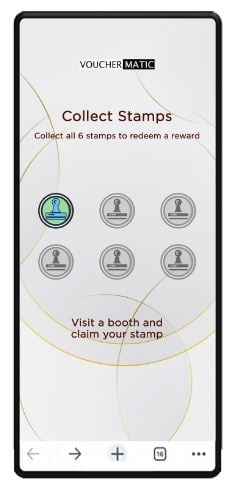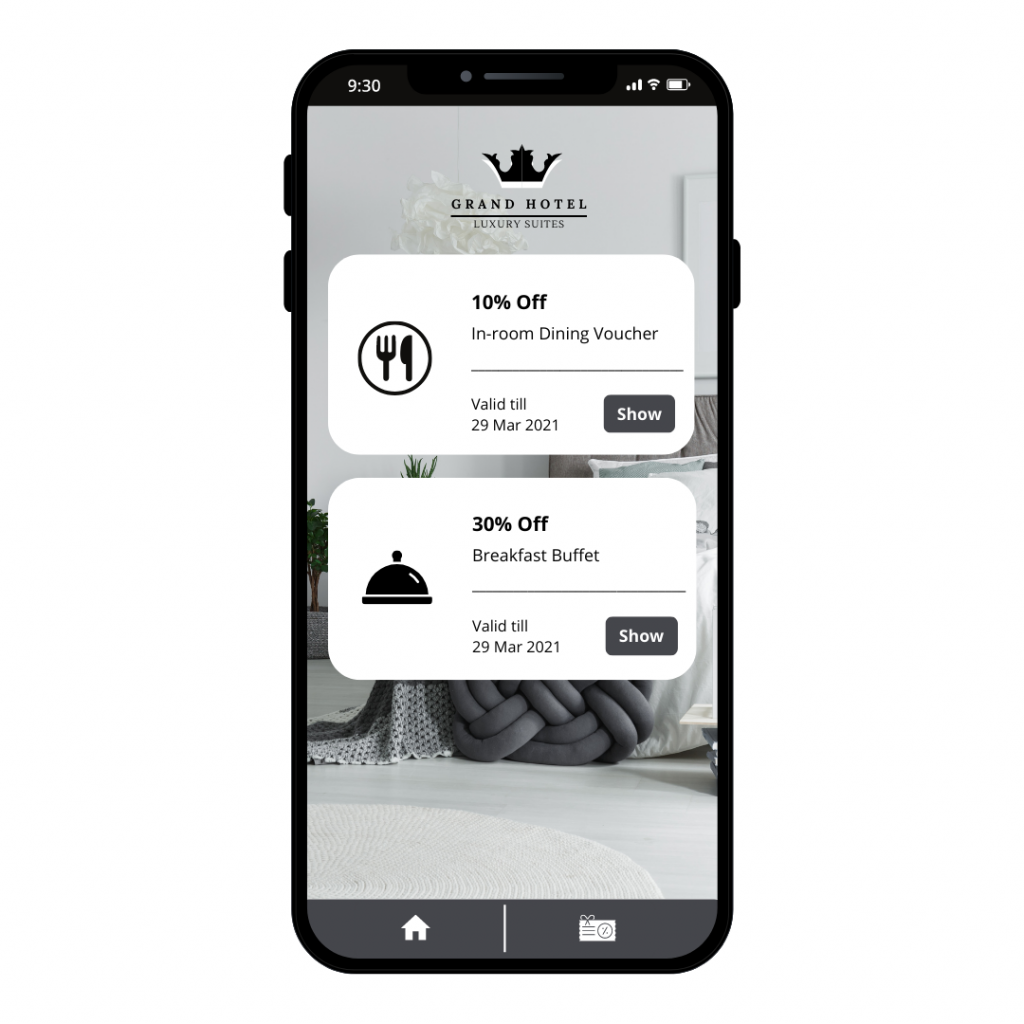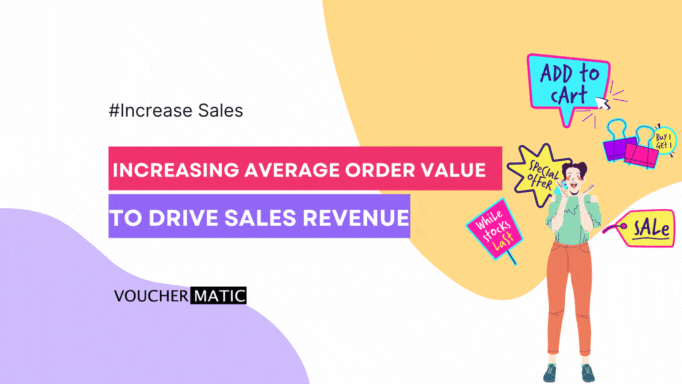When it comes to growing sales revenue, most marketers think of acquiring new customers or increasing the average price point of products. However, increasing an average order value of your existing customers can help a great deal when it comes to increasing revenue.
It’s just as it says on the tin. An average order value refers to the average value of each order that you receive. For instance, if you have 100 orders and a total of $1000 earned from those orders, your average order value will be $10.
Average Order Value and Revenue
Naturally, by increasing the average value of each order, you would increase your total sales revenue.
Moreover, a sustained increase in the average order value of your customers can lead to a greater customer lifetime value per customer. With a higher customer lifetime value, your long-term revenue is sure to increase.
Average Order Value Calculation
With how important average order value is, it makes sense that you’d want to learn how to calculate it to see where you stand. Remember that the average average order value differs from industry to industry.
If your average order value is low compared to other brands in your industry, then that means that customers are not buying as much as they usually would. On the other hand, if your average order value is high, then you can focus your efforts on other business pursuits.
The formula for calculating your average order value is:
AOV = Total Revenue / Number of Orders
How to Increase Average Order Value
The essence of tactics that increase your average order value is basically convincing customers to buy more than they normally would.
Here are 7 methods that you can consider to increase your average order value:
1) Product Recommendations
When consumers browse in your physical store, or on your online e-commerce platform, they may not take the time to check out everything that you have in store. They go there, grab what they need, and leave.
That means that they may be missing out on potential products that they may like. In fact, 54% of retailers cite product recommendations as the key driver of the average order value in the customer purchase.
On their checkout page, or when they’re paying at the register, be sure to recommend them products that…
- Go well with their purchase.
- Other shoppers that have bought alongside the same item as their purchase.
- The customer may like based on their purchasing history.
First, customers love complementary products. Not complimentary products, but products that go well together. If you recommend to customers something that they would use together with their intended purchase—for example, a strainer along with their teapot—then customers are more likely to want to buy that item.
Second, telling customers that their peers bought these other items gives social proof of the usefulness and popularity of the product. If their fellow customers want to buy that too, then there must be something good about it, right?
Third, personalised recommendations communicate to customers that you care enough about their preferences to curate products that they would like. In fact, personalised recommendations are so powerful that 49% of consumers ended up purchasing a good they didn’t intend to buy because of it.
2) Minimum Purchase Discount
To encourage customers to spend more at your store, you can waive a couple of dollars from their order total to encourage a higher average order value.
It sounds contradictory, but the percentage discount that customers can enjoy would usually prompt them to spend more to hit that threshold amount. Because of that, they may throw in a few extra items that they hadn’t intended to buy.
In a way, this discount can effectively increase your average order value and decrease cart abandonment rate at the same time. When customers shop online, the number one reason customers do not go ahead with the purchase is because of high shipping costs.
Should you internalise the shipping costs if your customers’ order value reaches a certain number, they’d be more inclined to spend more at your store to waive the shipping fee.
3) Loyalty Program
Incentives are a great way to urge your customers to buy more. In order to gain a reward like a voucher or a future discount, customers who are members are inclined to purchase more so they can qualify for it.
Majority of brands found that a loyalty program increased their average order value by 13.71%. Not only that, but loyal customers spend 120% more than new customers annually.
In addition, you can implement a tier system into your loyalty program to encourage members to buy even more. In order to attain a higher tier with better benefits and more exclusive rewards, they’d have to spend more on top of what they already do.
This potentially encourages customers to spend as much as they can, and want to, with you. This may even maximise the order value you would receive from each of your customers.

4) Bundled Products
Create product bundles that cost less than if the same items were purchased individually. Customers would perceive that they are getting a good deal on the items, and they would be more likely to want to buy.
66% of consumers say that product bundles is their favourite type of deal, and 93% of consumers have purchased a product bundle at least once.
Try to bundle products that go well together. For instance, you could sell clothes by ensembles, or makeup by sets or shades.

5) Personalisation
Unlike personalised product recommendations mentioned, you can also allow customers to personalise their order. The personalisation can come in the form of additional services, such as gift wrapping or engraving their name on the product.
Customers who want to personalise their items may pay more for the service. This would increase their average order value ever so slightly.
6) Display Items Near the Register
This is applicable to your offline stores. You can display small value items such as gift cards or mints that customers can peruse whilst waiting to pay for their items.
If they see something that they like, they may add it to their shopping basket or cart. After all, it’s convenient for them—they don’t have to wander around the shop seeking them out—and they’re low-value items, normally costing less than $10.
This can drive impulse purchases, where customers buy more rashly.
7) Urgency Marketing
Tap into your customers’ sense of FOMO (fear of missing out) by engaging in urgency marketing. Hold limited-time promotions and sales to convince them that they will be missing out if they do not take advantage of your deals now.
This causes a sense of franticness in your customers, prompting them to buy your products quickly because they won’t be able to otherwise.
This method can increase your average order value for a while, as customers scramble to purchase your products. However, it lasts only as long as your promotional period does.

